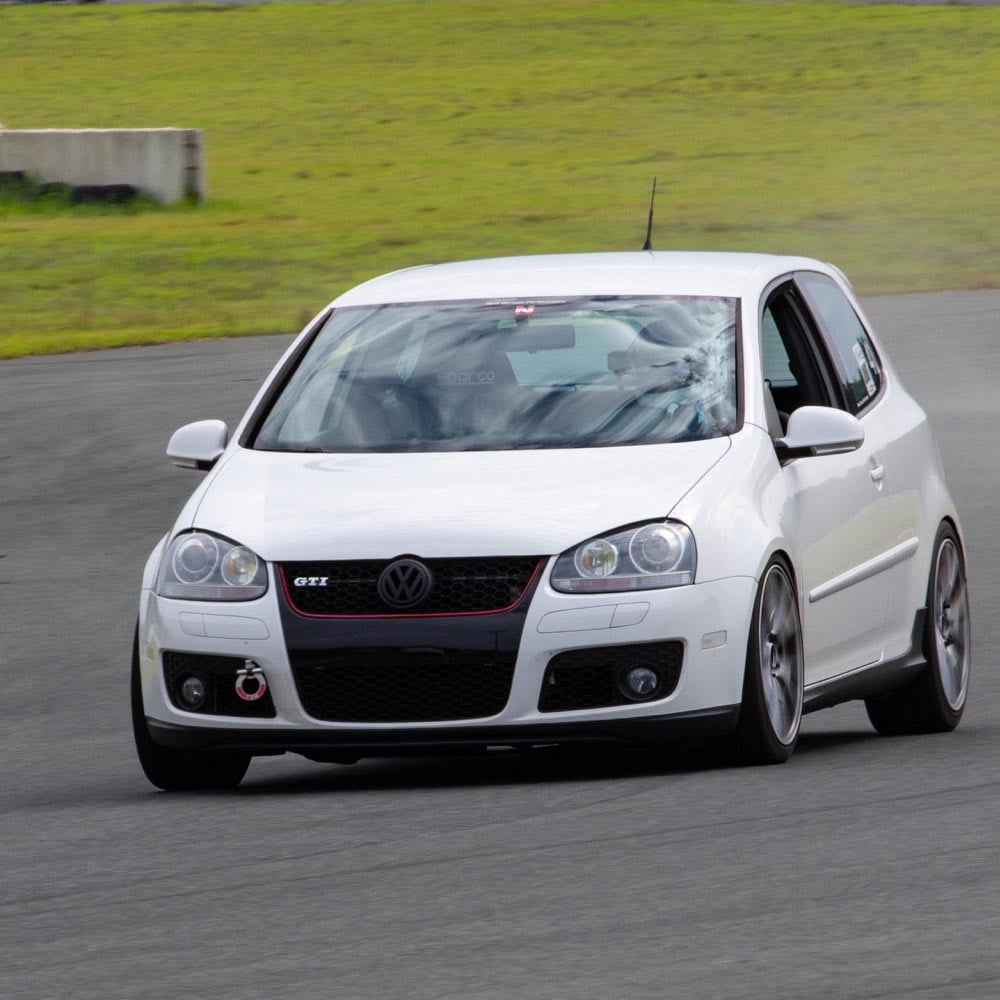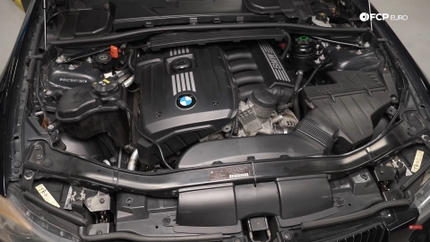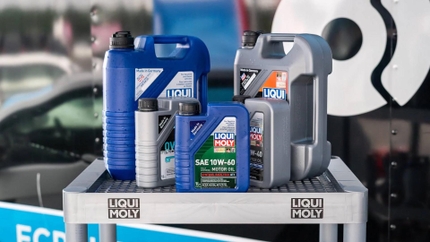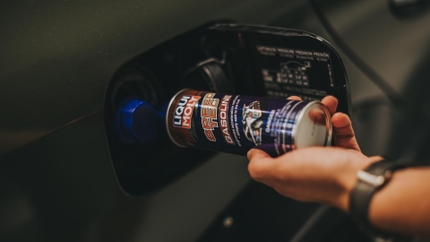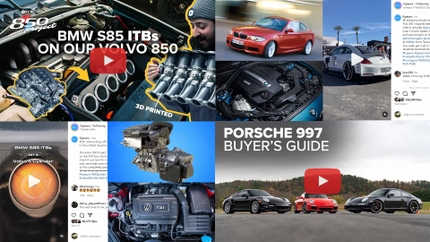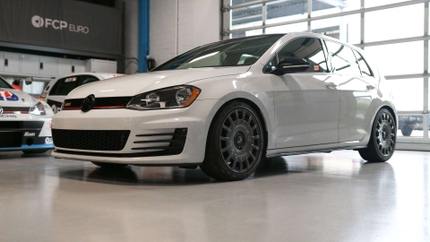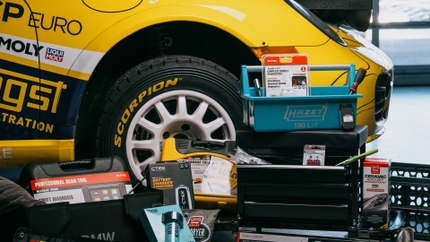While the range of components and adjustments in a modern-day vehicle may seem complex, if you break them down into their individual components it is easy to see how they operate and work together. With a greater understanding of the suspension on your vehicle, you can more readily tackle DIY repairs and optimize your car for the street or track.
Alignment:

Regardless of design, all cars are working within the same physical parameters when it comes to suspension alignment. The alignment on your vehicle is how the wheel angles are set up in relation to the chassis and it is extremely important. There are three main adjustable variables—caster, camber, and toe.
Camber: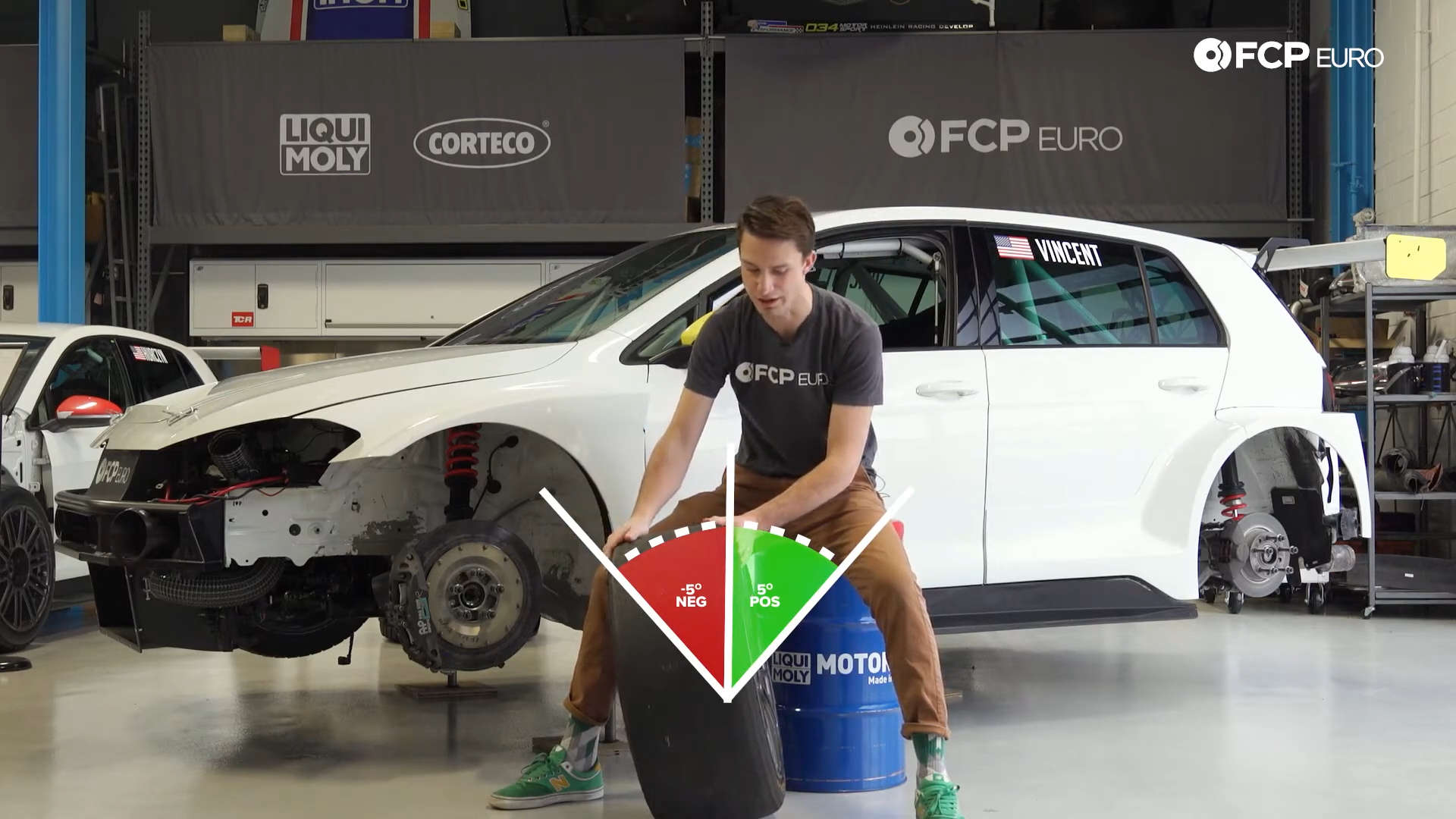
Camber has to do with the lean of the tire compared to the car’s chassis. If the top of the wheel is leaning out, away from the car, this is positive camber. If the top of the wheel is leaning in towards the car, this is negative camber. On a street car you will typically see minimal negative camber, around -1.0 to -2.0 degrees maximum, while on a race car you may see as much as -5.0 degrees. Negative camber helps to compensate for deflection in the tire and roll in the chassis when cornering.
Toe:
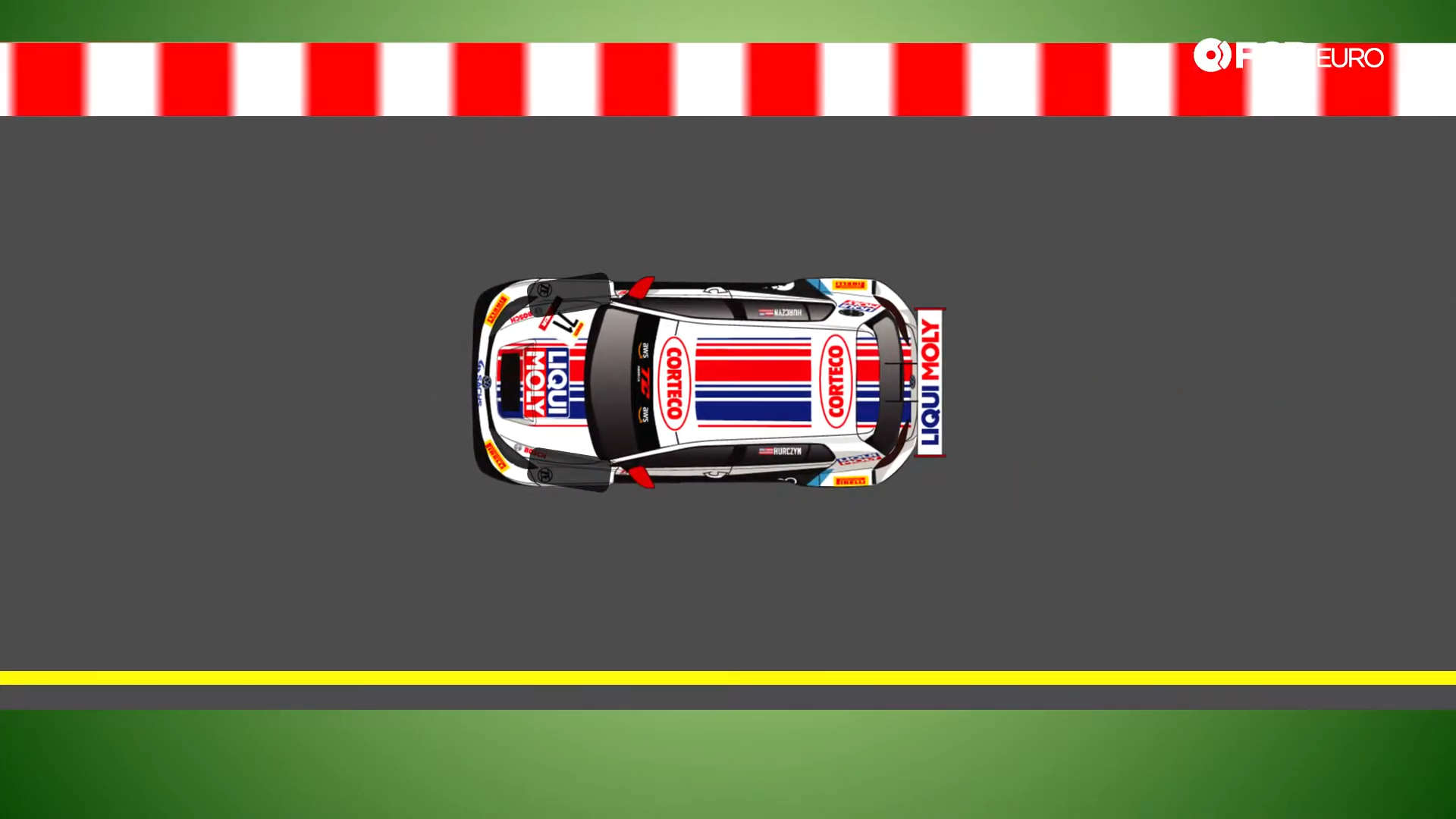
Toe is one of the most critical components of your vehicle’s alignment. Toe has to do with the angle of the wheels relative to the direction of travel of the vehicle. If the leading edge of the wheel is closer together than the trailing edge of the wheel, this is called toe-in. If the leading edge of the wheel is farther apart than the trailing edge, this is called toe-out.
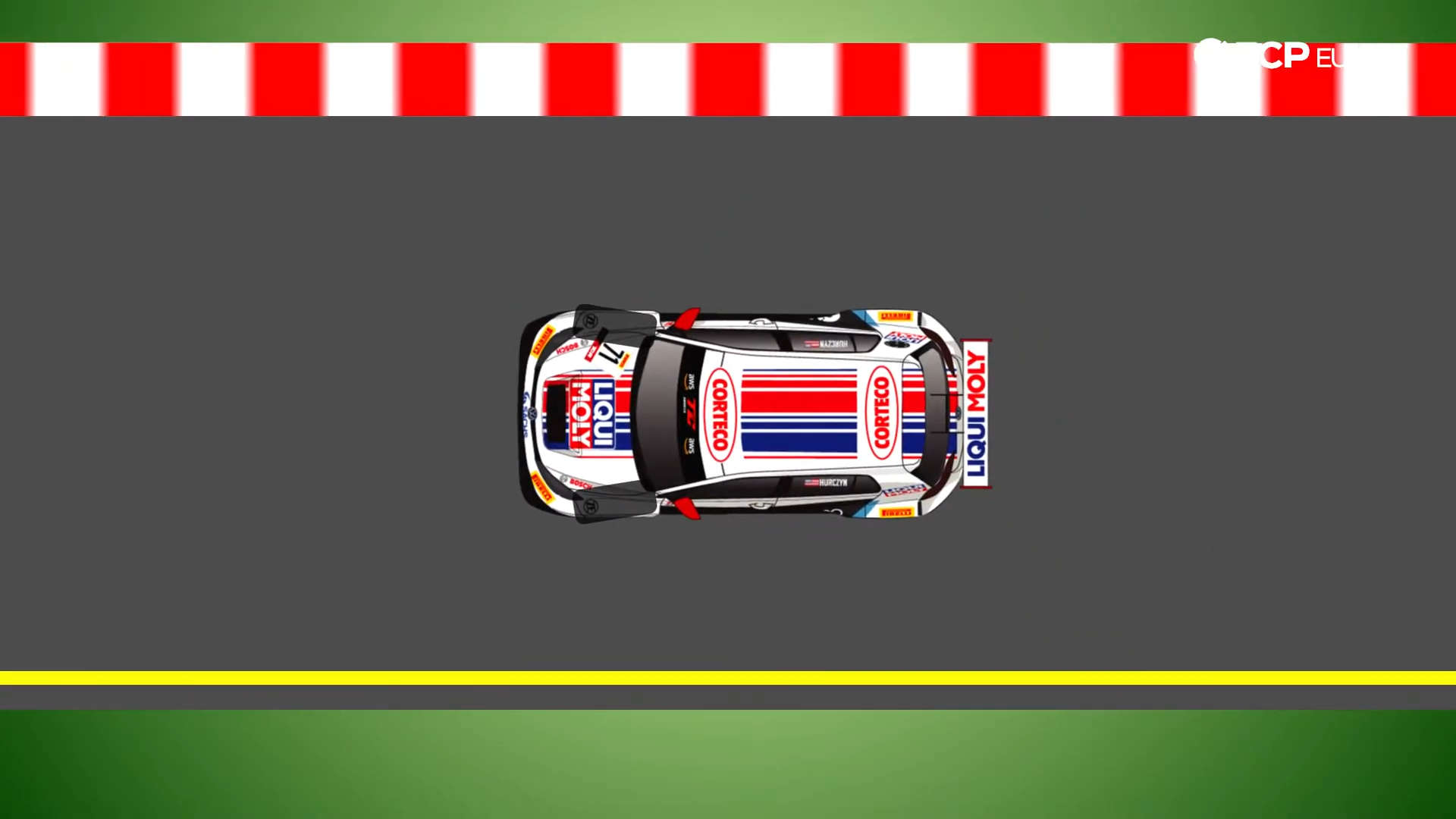
Toe settings can affect vehicle stability in a straight line, turn-in, chassis rotation, overall chassis balance, and tire life. Street cars will typically feature toe-in on the front axle. This allows the car to track straight, makes it is easy to drive at speed, and allows it to settle over bumps more easily and safely even over rutted or rough roads. Toe-out on the front axle will make a car more unstable and ‘darty’ in a straight line, but it will turn in more quickly. This makes it faster around a race track because of this increased cornering ability than a car with toe-in.
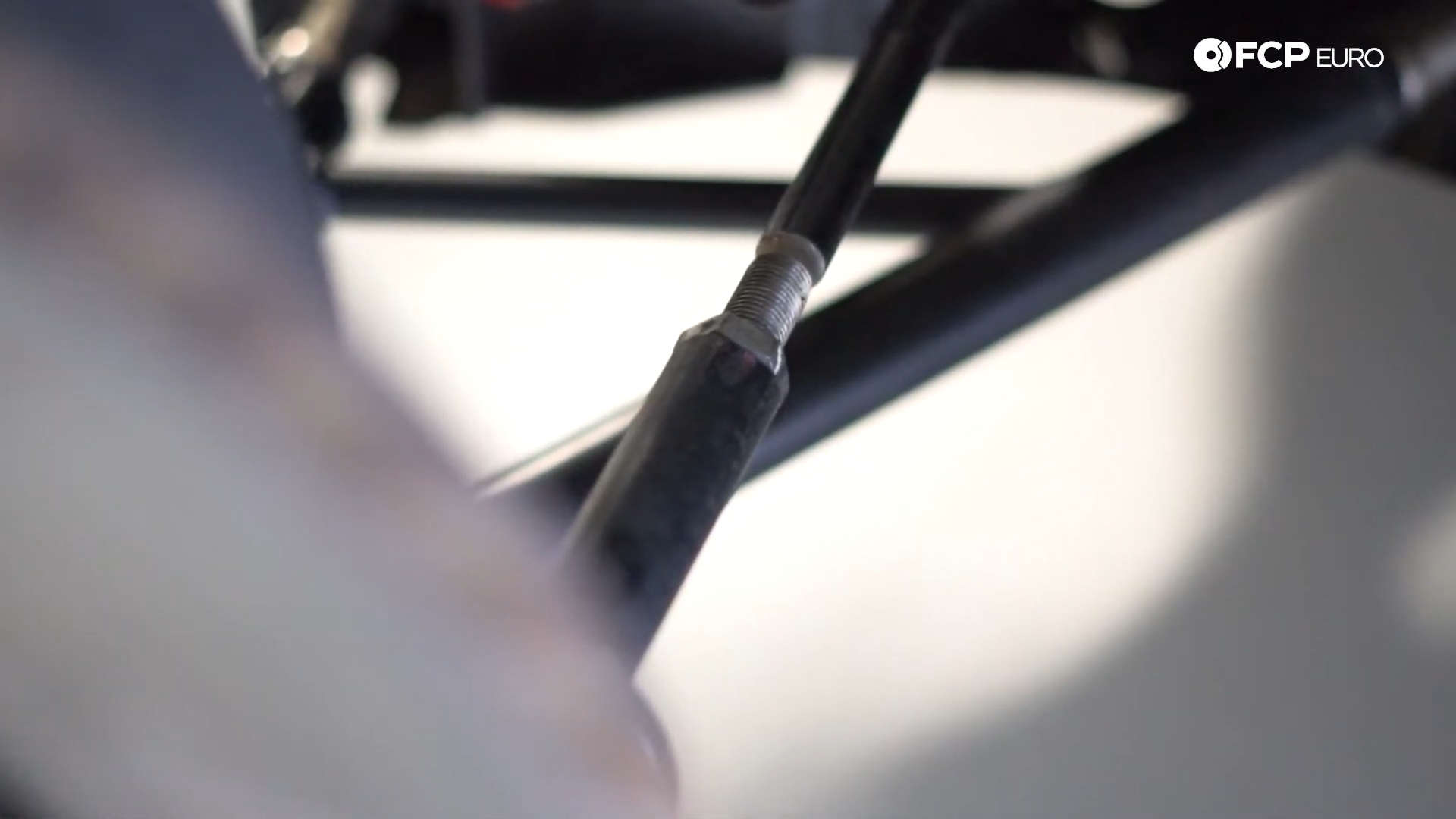
By adjusting the steering tie rods on your vehicle to be either shorter or longer, toe settings can be adjusted on your street car the same way as it is on a race car.
Caster:
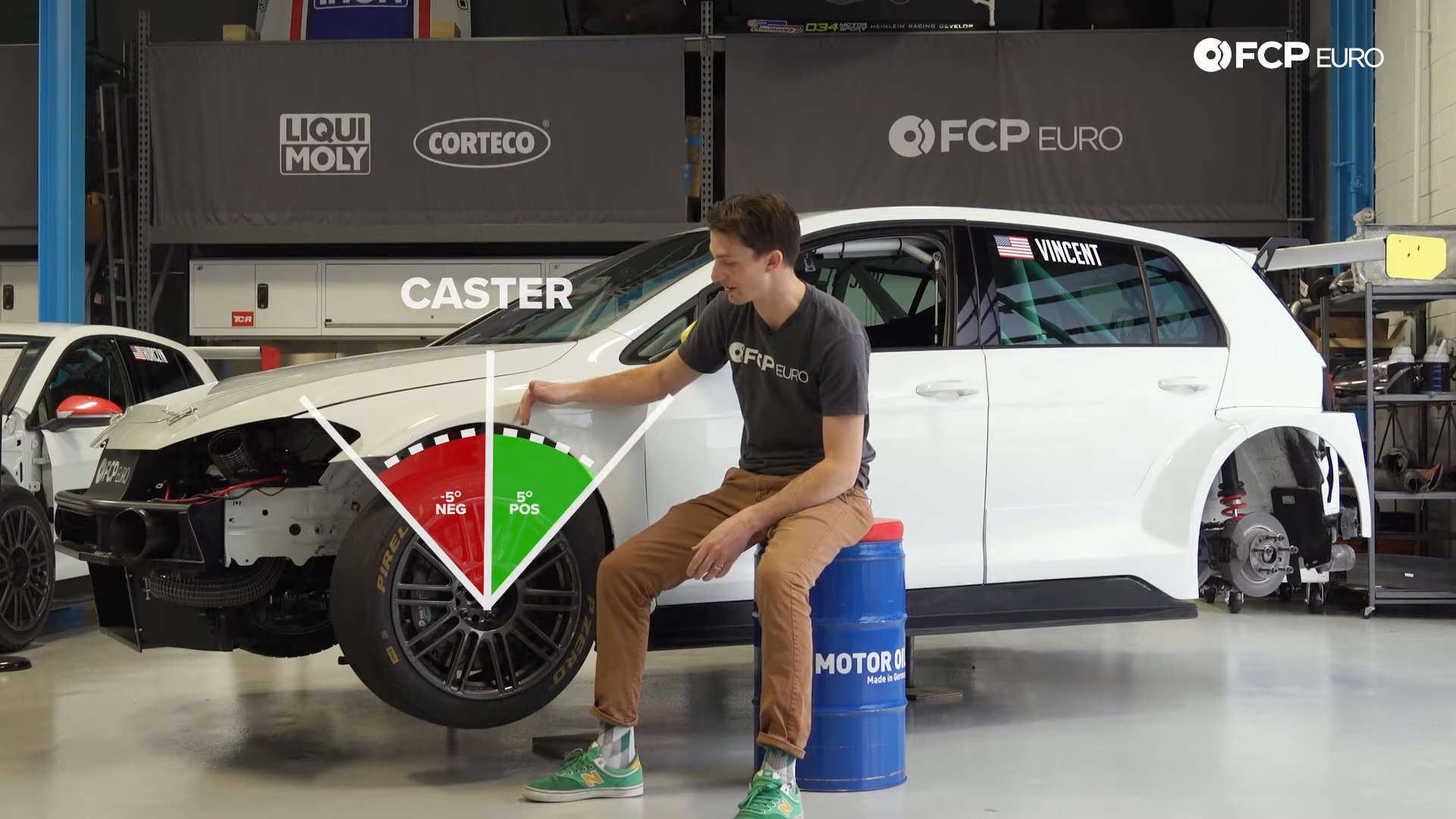
Caster is the lean of the front strut relative to the physical contact patch of the tire. If a car has zero degrees of caster, the strut would be perfectly straight up and down. As you lean the top of the strut towards the rear of the car this creates positive caster. Positive caster promotes self-centering as well as dynamic negative-camber gain as you turn the steering wheel either left or right.

Dynamic camber is how much negative or positive camber is introduced into the inside and outside front wheels when the steering is turned. All modern cars have a certain amount of positive caster designed into the front suspension. Too much positive caster can cause excessive kick back into the steering wheel over bumps, and make the car more challenging to drive.
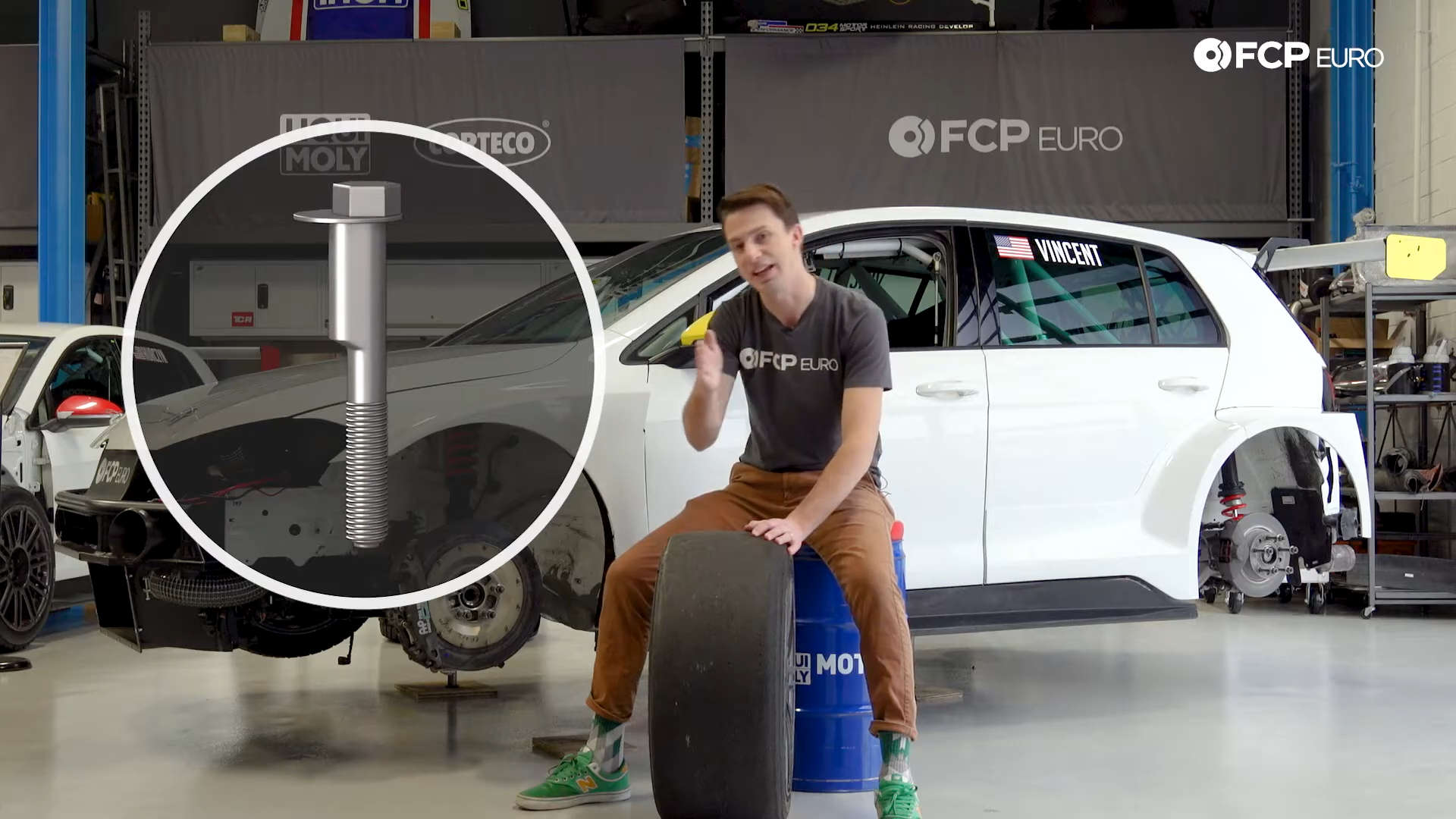
On a street car, an eccentric bolt design is typically utilized by the designers for making changes to alignment settings. Eccentric means that the bolt is off-center, and as it is rotated it changes the suspension alignment of whatever component it is affecting. Depending on the car, the suspension design, and whether it’s front or rear, eccentric bolts can be used for camber or toe.
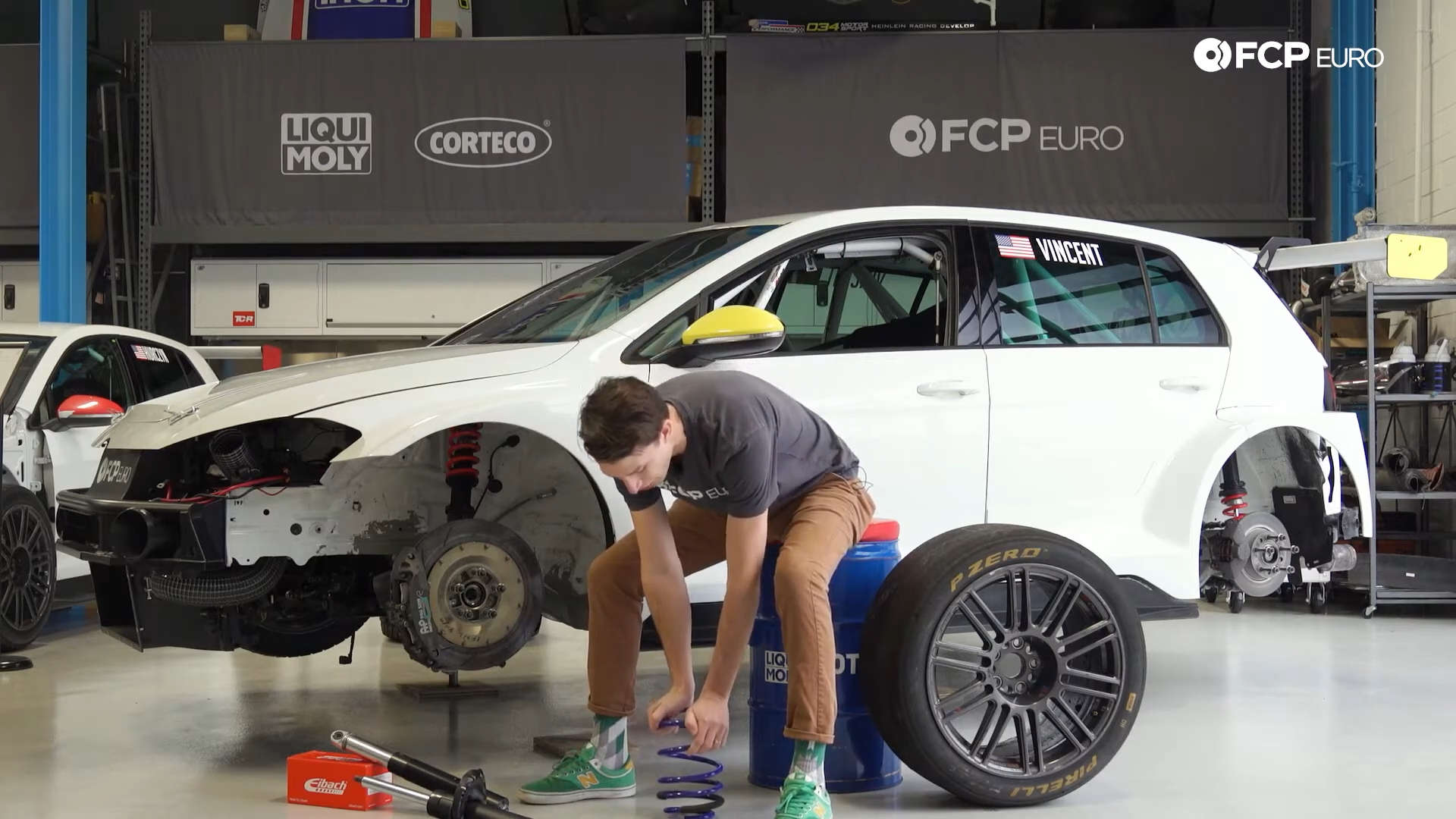
Springs and Spring Rates:
The springs of the suspension provide the mechanical lift to the chassis and support the weight of the vehicle. Springs come in both linear and progressive designs. You can typically identify a progressive rate spring by checking the spacing on the coils. If they are evenly spaced, this is likely a linear rate spring. If the coils are not evenly spaced and some are noticeably closer together than others, this is a progressive rate spring. Spring wire diameter, material, and coil spacing all effect spring rates in different ways.
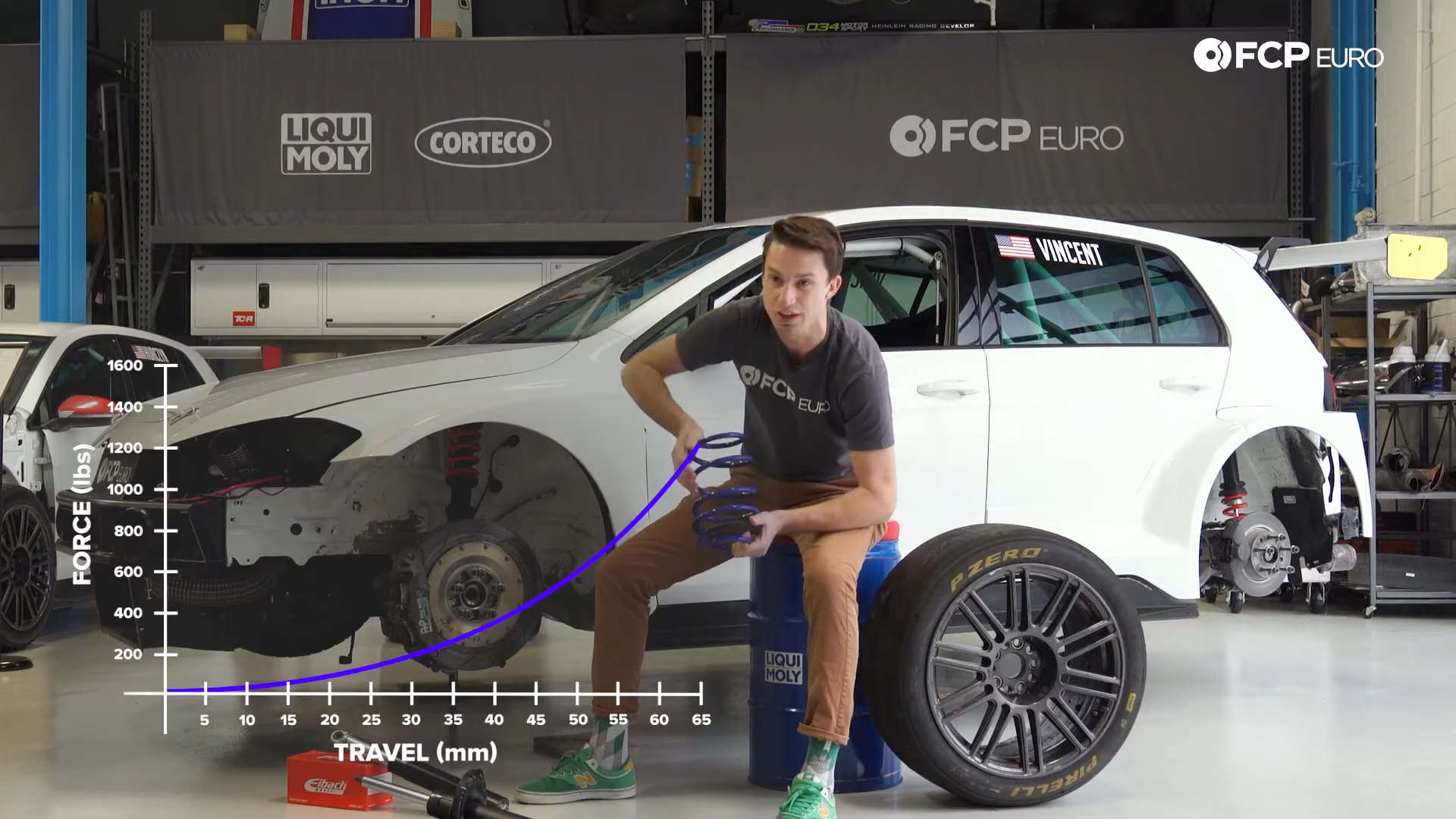
A progressive rate spring increases exponentially as it is compressed. A progressive rate spring can provide increased comfort in a street car because it has a softer ‘regular’ or base rate, and then a much higher relative maximum rate as the spring is compressed.
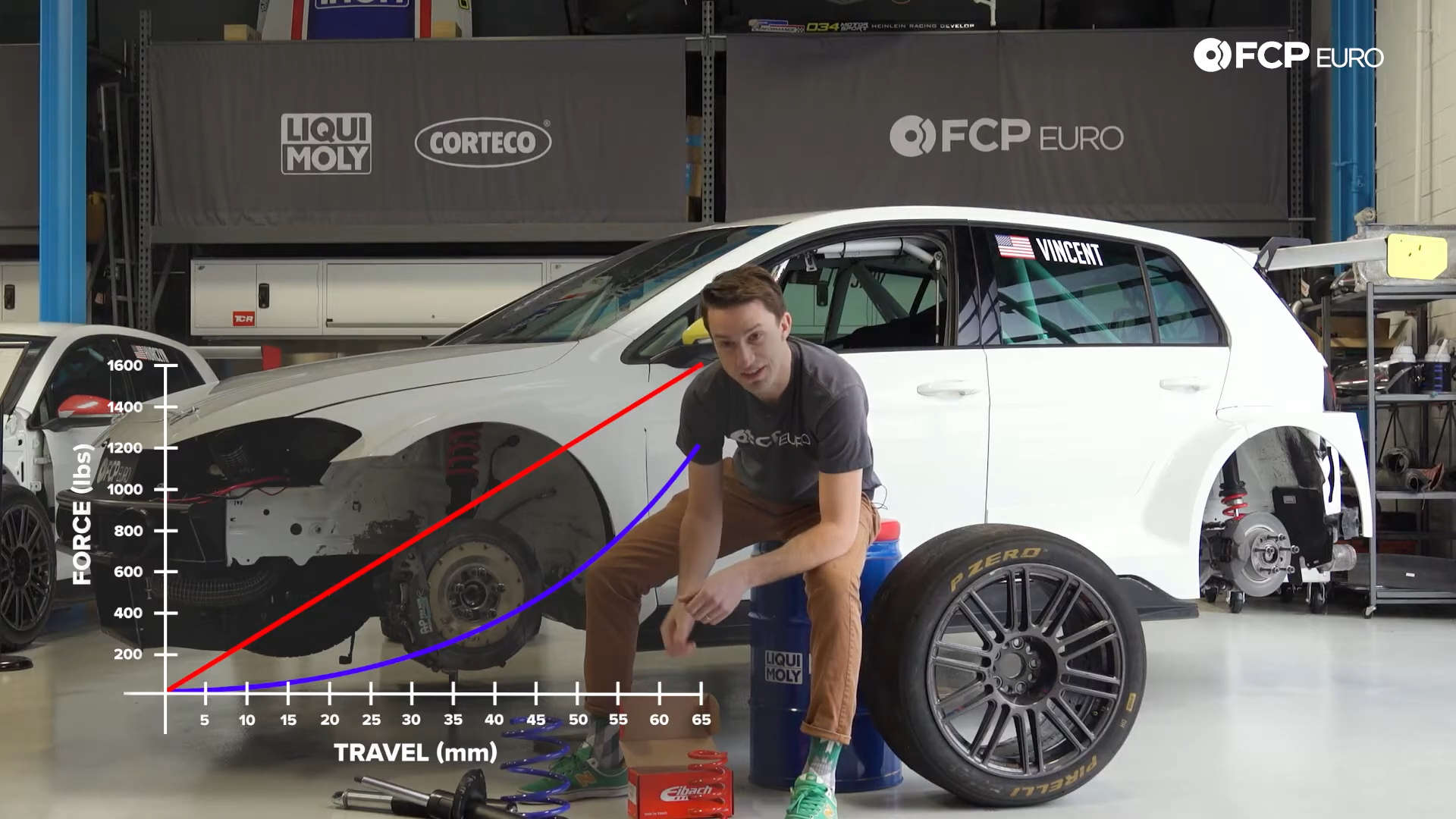
A linear rate spring has a consistent spring rate regardless of the amount of compression. It provides a more predictable behavior than a progressive rate spring, but may not offer the same ride comfort in a street car.
Dampers:
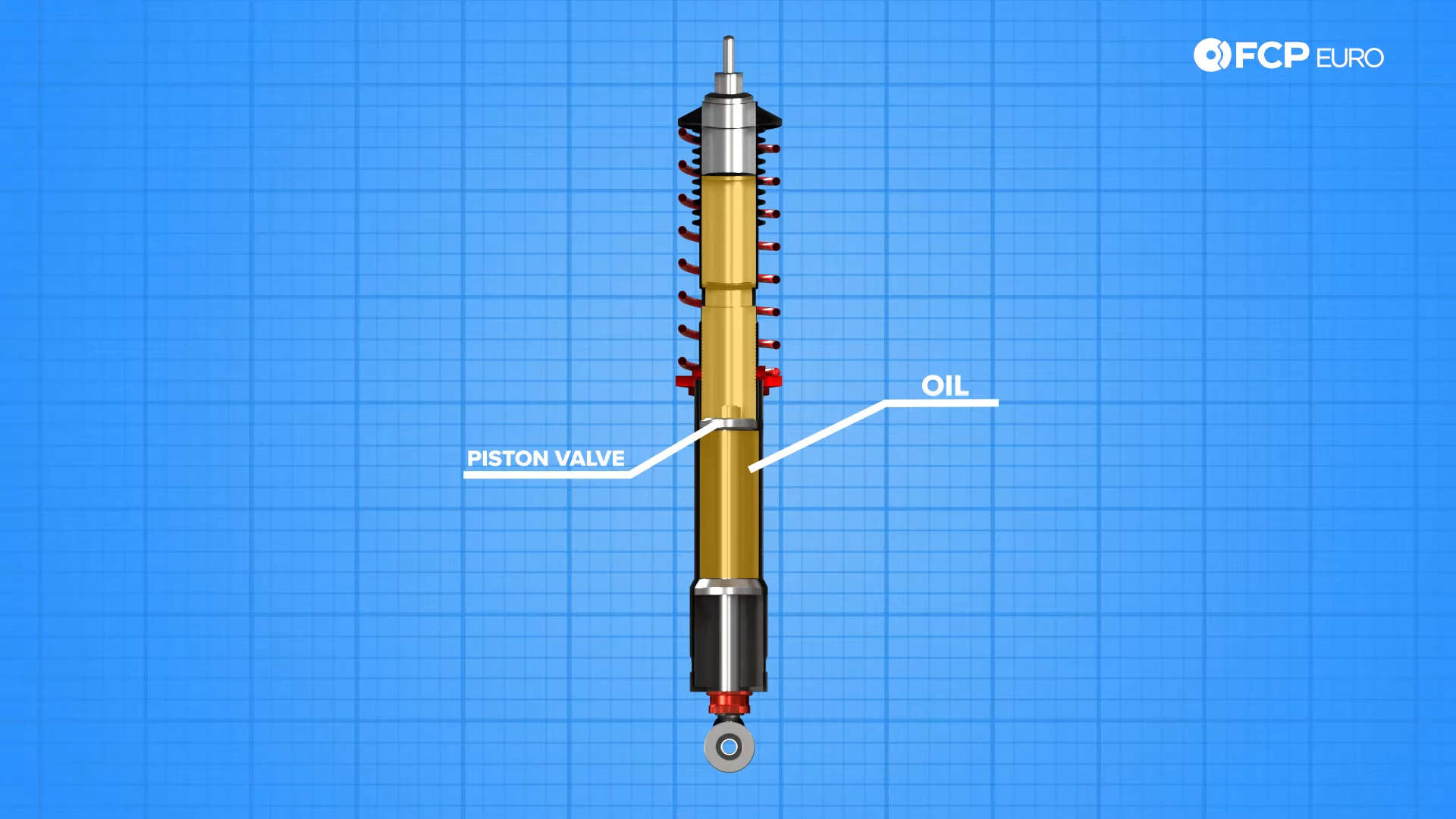
The energy created by the weight of the car bouncing on the spring is controlled by the vehicle’s dampers, more commonly known as the shock absorbers. Dampers utilize a piston moving through oil to control the spring movement. The rate or the firmness of the damper can be adjusted by altering the flow of the oil moving through the piston valve. The dampers convert the kinetic energy of the springs and the vehicle’s weight and movement into heat.
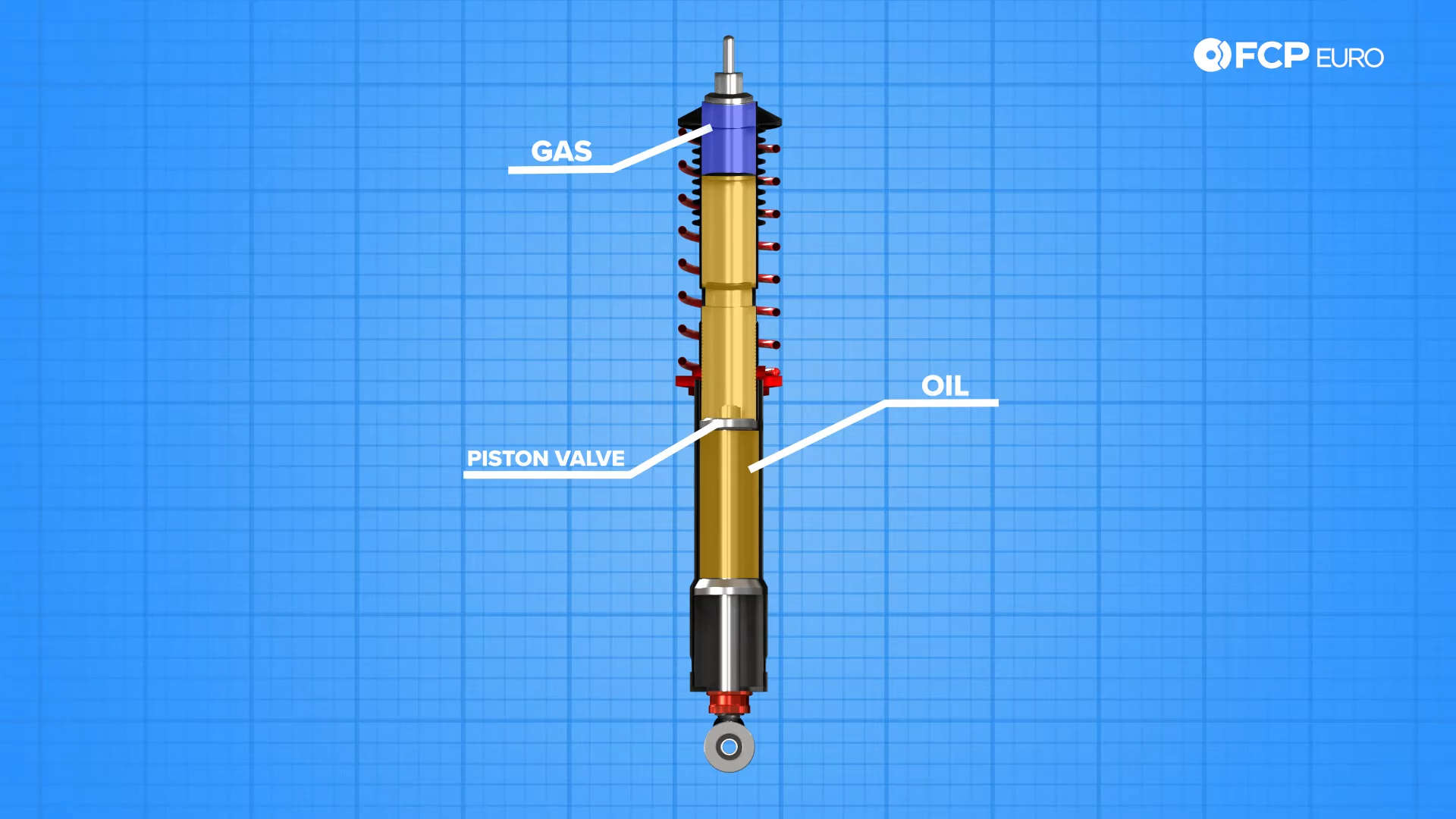
A gas-pressurized section of the damper is utilized to maintain constant pressure on the oil in order to prevent foaming and aeration, otherwise known as bubbles. Without gas pressure air bubbles will be created by the piston valve moving through the oil, which will cause inconsistent damper performance as well as a loss of damping rate.
Dampers come with either fixed or adjustable damping rates. Street cars and most entry-level sport dampers will have fixed damping rates. Adjustable dampers will feature one, two, or three way adjustments allowing the user to fine-tune the compression and rebound of the damper. The compression rate is how easily the damper can be compressed and shortened, while rebound rate is how easily the damper can be decompressed and lengthened. One way to think about it is that the compression rate affects how firmly the tire is pressed into the ground, while the rebound rate affects how quickly the weight reacts to a change of direction.
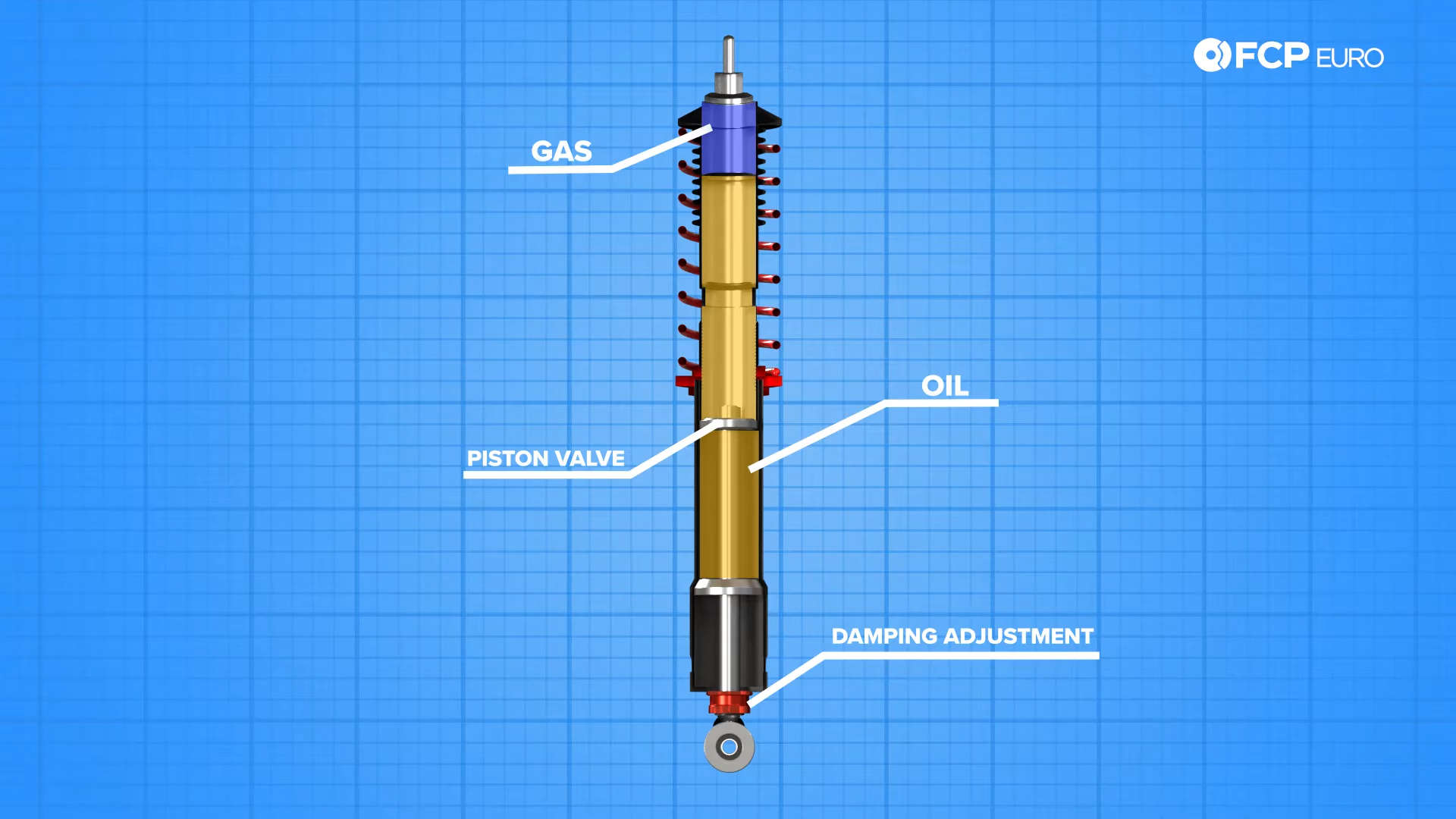
A one-way adjustable damper means that there is only one point of adjustment to change. On most one-way adjustable dampers, this affects the rebound rate only. On some designs the single adjustment will affect both rebound and compression rates, although not typically at the same relative percentage.
Gas-charged dampers come in two primary types, monotube and twin-tube. A monotube design is a more simple design, and features a larger oil and gas volume relative to a twin-tube design. Because of this they are able to handle heat more effectively and maintain a more consistent performance, which is why they are popular on race cars and in heavy duty applications. Monotubes usually have a higher gas-pressure than twin-tube, and may have a more firm ride. The examples above are of a monotube design.
A twin-tube design allows for more suspension travel in a given space compared to a monotube design, which combined with lowered gas pressure, often results in better ride characteristics. Most production car dampers are twin-tube.

Most street car dampers feature a fixed spring perch and ride height. Adjustable ride height suspension, often simply called “coilovers,” offers the ability to set the exact ride height of each corner of the vehicle. Aside from fine tuning the look you want, by raising or lowering the ride height of a specific corner or end of the vehicle you affect the proportion of the weight that it carries. This allows you to finely tune the balance of the car.
Bushings:
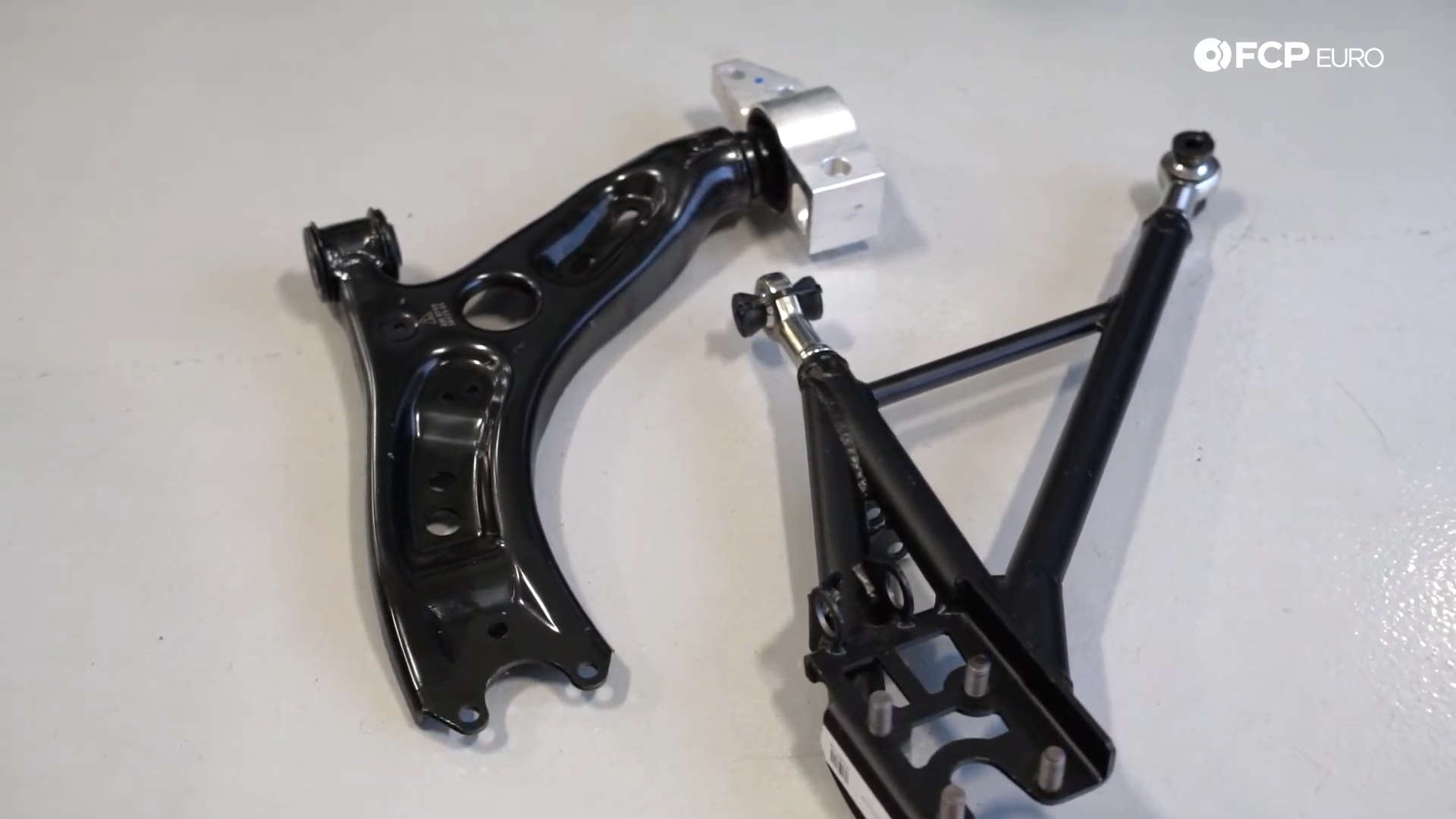
Street car suspensions feature rubber bushings at mounting points in order to provide compliance and therefore less noise, vibration, and harshness for the driver. These bushings can deflect under higher loads, so are usually replaced with spherical bearings or solid bushings for race cars and higher performance applications. Solid bushings ensure that there is no deflection under load and the alignment specifications stay exactly where they need to be, ensuring higher performance and more predictable behavior at the limit.
Sway Bars:

Sway bars, which are more accurately described as anti-roll bars, are an integral component of most suspension designs, and can be upgraded or changed independently of the springs and dampers. The sway bar ties together the left and right side of the front or rear suspension, and comes into play when the suspension is loaded unevenly from left to right. As you increase the rate or the stiffness of the bar, usually by making it larger, the more it will work to keep the weight load even across that axle.
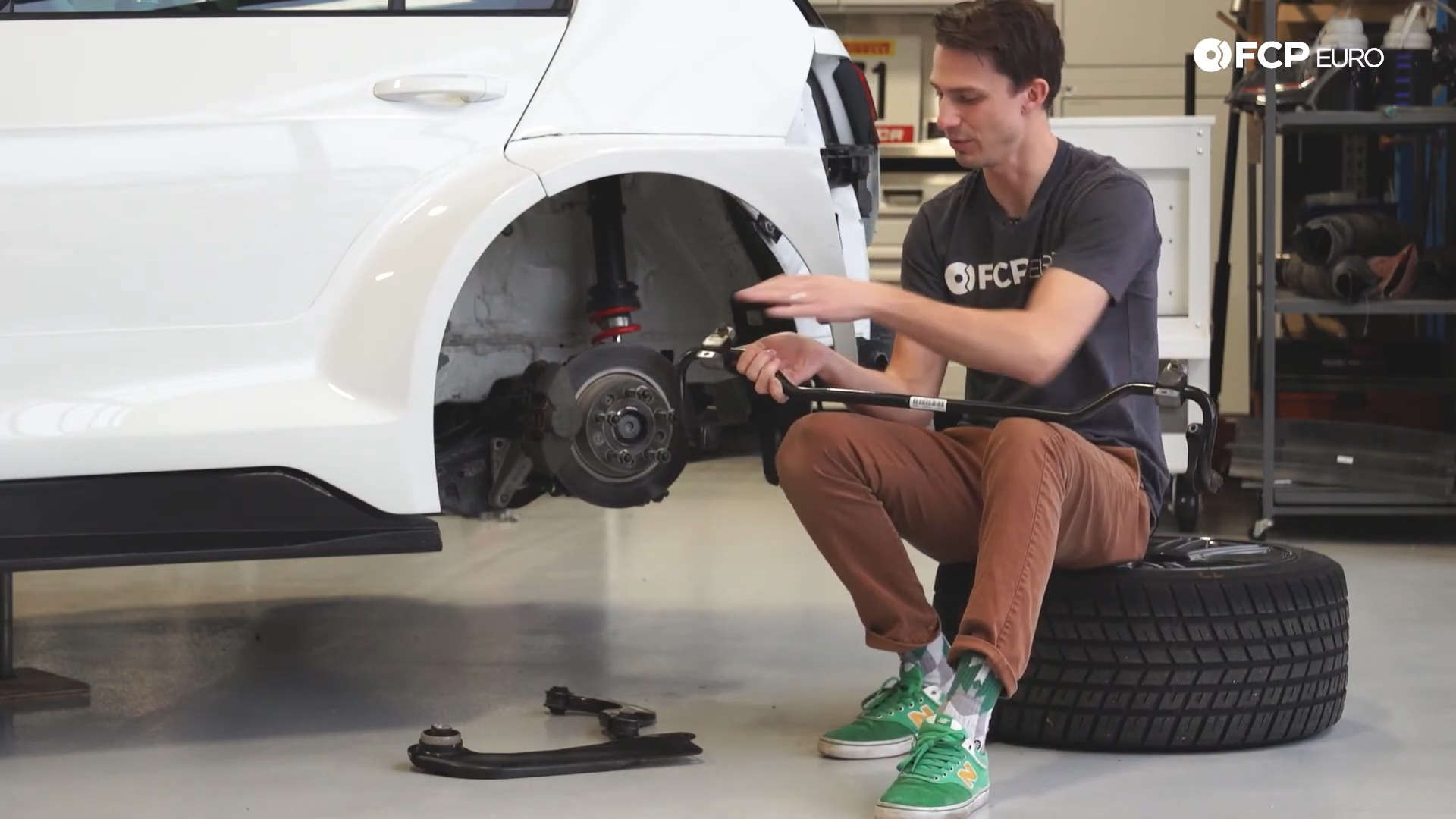
All suspension components are part of what is called the unsprung weight of the vehicle, meaning anything that is attached to the car but not supported by the springs. These components include the wheels, tires, brakes, suspension control arms, and the springs and dampers. The lower the amount of unsprung weight, the more nimble and responsive the car will feel.
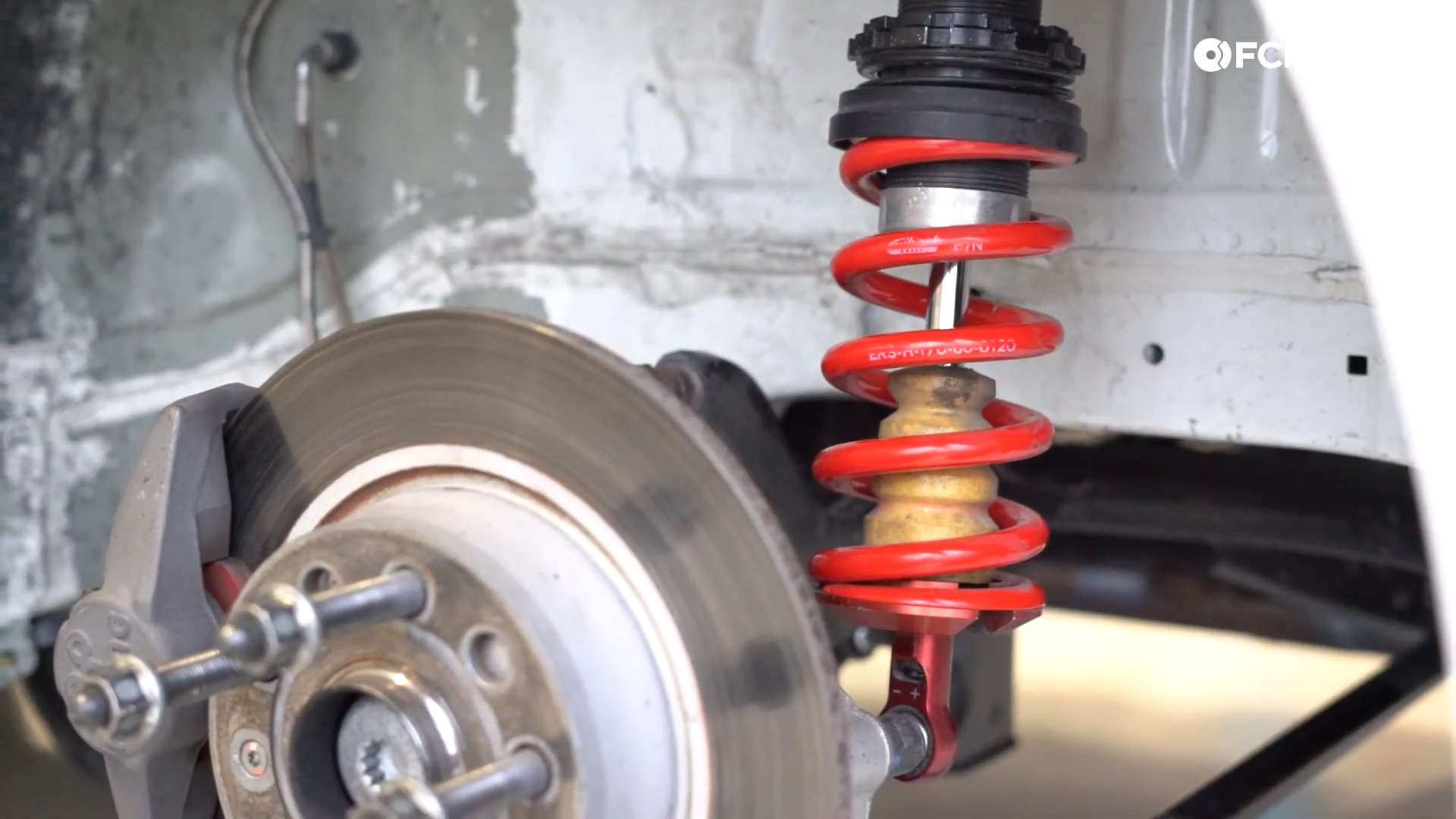
It is fairly common to see what is called a divorced spring set up on the rear of many modern vehicle designs. The divorced rear spring design is primarily chosen for space and packaging considerations. When you move the suspension spring inboard compared to the outer pivot point, you affect what’s called the motion-ratio. The motion-ratio is the amount of leverage the suspension arm is able to place on a component. In a divorced spring design the rear suspension has more leverage, rendering its effective spring rate lower than what it actually is.
For street driven cars, or even those used for autocross or occasional track days, the divorced design isn’t much of a hindrance. For competitive racing use, a coilover design is a superior choice, however. For this reason, our two Mk7 Volkswagen GTI TCRs use a coilover design at the rear. This results in a more accurately matched spring and damper set at the rear, easier tuning, and better performance.
If you have any questions or comments, leave them in the comments below. And if you'd like to read more about basic car systems, be sure to visit our blog home page as it's constantly updating.

